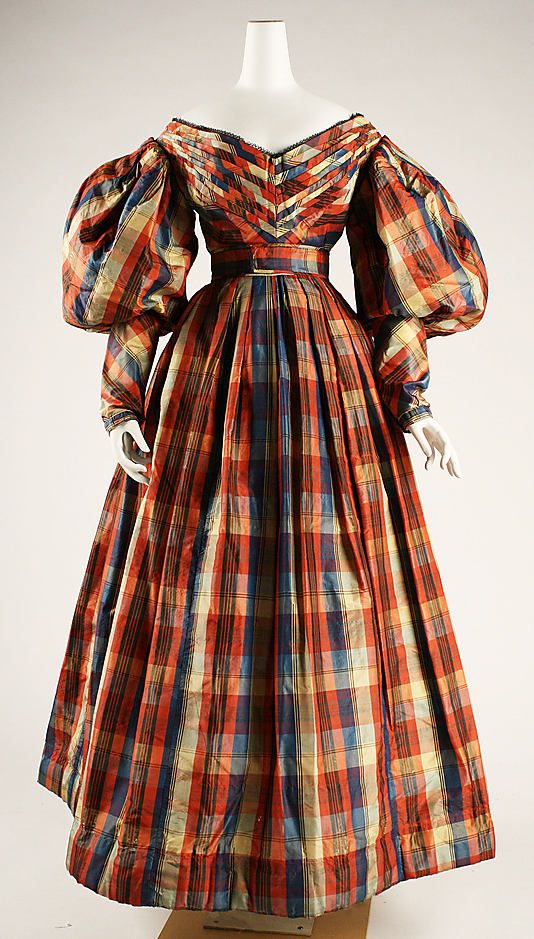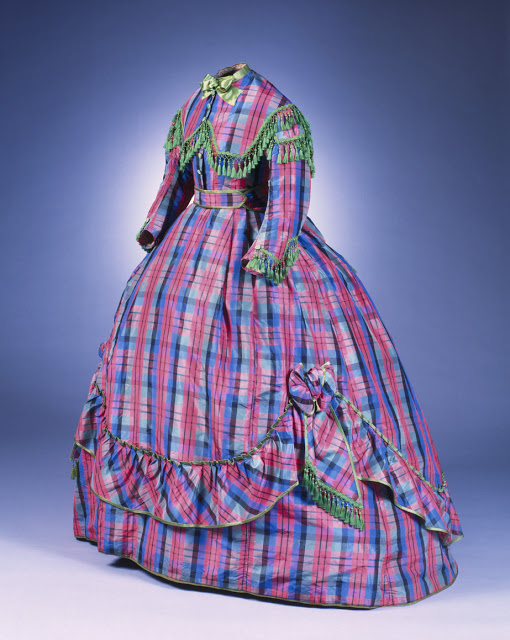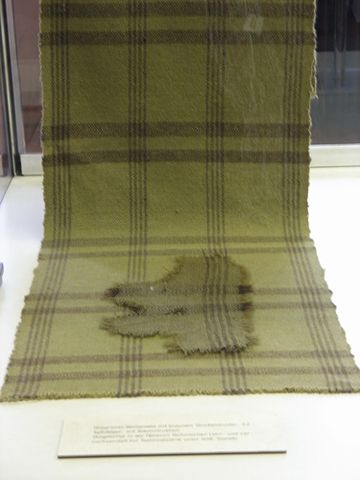
Pertinent to discussions about neurodivergent writers: WORKING MEMORY.
This means we get very tripped up with complex forms, multiple-step processes, and guidelines.
So, we make mistakes, even if we don't mean to & we can immediately forget directions, numbers, etc
This means we get very tripped up with complex forms, multiple-step processes, and guidelines.
So, we make mistakes, even if we don't mean to & we can immediately forget directions, numbers, etc
I used to think there was something wrong with me because I couldn't remember phone numbers.
I still can't. I took an ADHD screener a few months ago and my working memory is SHOT.
Pair that with our trouble understanding time, and if we don't do it NOW it often doesn't happen.
I still can't. I took an ADHD screener a few months ago and my working memory is SHOT.
Pair that with our trouble understanding time, and if we don't do it NOW it often doesn't happen.
Someone once said that when you have ADHD, there are two different states of time: NOW and NOT NOW.
You could imagine how hard that is to manage with agent queries, book submissions, contracts, payments, etc.
You could imagine how hard that is to manage with agent queries, book submissions, contracts, payments, etc.
Every notification. Every sound. Every ding. Every interruption is immense, and has the chance to break what little working memory we have going with other stuff.
It isn't something to "get over." It can get better with time. But it can also get worse.
It isn't something to "get over." It can get better with time. But it can also get worse.
• • •
Missing some Tweet in this thread? You can try to
force a refresh




















